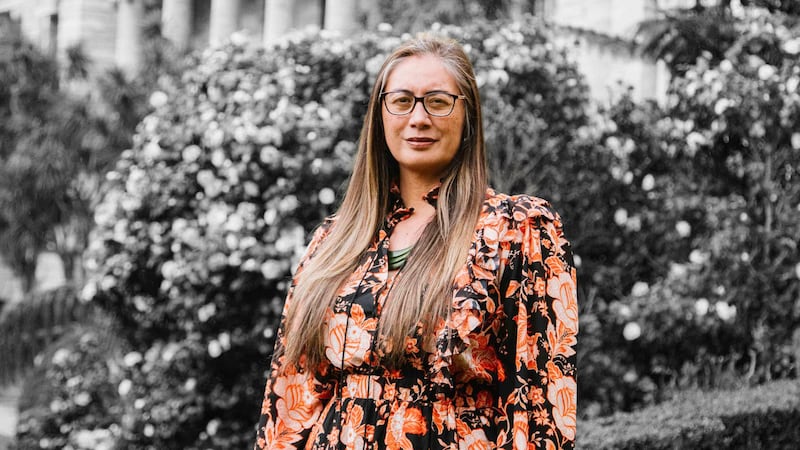Ngāti Hine are drawing on mātauranga Māori, local knowledge and alternative approaches to tackle a long-standing issue, as a northern health leader warns that conventional health practices continue to fail Māori.
Ngāti Hine Health Trust CEO, Tamati Shepherd-Wipiiti says of the 4200 patients enrolled at the Trust’s Kawakawa clinic, about 64%. have diabetes. A number he says is three times more than the national average.
“We are under significant pressure here in Ngāti Hine, and [we] need to take a new approach”.
“There’s been a history of intergenerational poverty caused by colonisation, the root cause. A number of social and health conditions within Ngati Hine have not helped.”
Te Whatu Ora’s 2023 Virtual Diabetes Register estimates about 323,700 people have diabetes nationwide, with around 63,500 of them being Māori.

Greens Health spokesperson and uri of Ngāti Hine, Huhana Lyndon says that she isn’t shocked at the statistics, but says that more regulation is needed for other determinants that she says feed into diabetes.
“We have to look at the number of smoke shops, vape shops in our communities. Its [easy] access to low quality kai like fast foods.”
“When we think about the environmental impact of access to alcohol and then of course gambling, so these are four things that seem to be saturating our low socio-economic communities.”
Te mahere a Ngāti Hine
To address the growing diabetes crisis, Ngāti Hine Health Trust, in partnership with Diabetes New Zealand, will open its first nurse-led diabetes clinic, featuring nutritionists to support whānau with healthy eating and a podiatrist to provide essential foot care.
Alongside clinical care, the Trust is establishing community gardens and reintroducing physical activity in Moerewa through an eight-week programme. The initiative will conclude with the Moerewa Olympics, involving local schools - a first at Simson Park in 20 years.

‘I’m a living statistic’
This is a matter close to Shepherd-Wipiiti’s heart, as he too was diagnosed with diabetes 15 years ago - a condition that is prevalent in his whakapapa.
“The mortality rate for Māori is seven years earlier than Pākehā and I’m a living statistic,” he says.
“Dad died at 47 and Mum at 50. So at 51, I’m the oldest - I’ve outlived my parents.”
A lifechanging moment for him happened two years ago, when he started wearing a glucose monitor.
“It enabled me to see for the first time what was happening to me on an hourly basis,” he adds.
“It give diabetic patients mana motuhake over their own control with their diabetes.”
This process allowed Shepherd-Wipiiti to identify and monitor his diabetes triggers, including kai and stress. He now has a routine to keep calm and keep stress levels down to not spike his symptoms - an approach he says aligns with te whare tapa whā.
“Preparing my wairua [has] helped my tinana and the way I operate throughout the day.”
He rangahau mō te anamata
Ko te hiahia a te Tarahiti Hauora o Ngāti Hine kia kaha ake a rātou mahi whakawhanake i te hauora o āna uri. E ai ki a Tamati, kua timata ngā kōrero me Otākou Whakaihu Waka.
“We will be partnering with them [so] that we can research what we’re doing [and] koha that to other iwi who want to implement this.”
“Diabetes is a problem in te ao Māori, not just Ngāti Hine.”
Hei te marama o Hūrae huakina ai te tatau ki te whare mate huka hou i Kawakawa. A, ka timata ā rātou mahi whakatō i te māra kai hei te Hepetema, ā, ka tū ngā whakataetae hākinakina o Moerewa hei te Oketopa.



